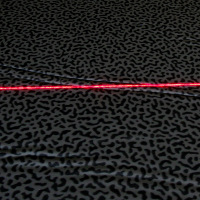
Surface inspection of adhesive film
In industry, the need for adhesive film is increasing. When producing the film, depressions and folds often occur, rendering the film unusable. Therefore, the customers’ requirements for an impeccable surface are increasing. For this purpose, a scanCONTROL 2910-100 laser scanner can be used. |
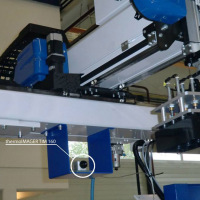
Temperature measurement for injection mould applications
Users of injection molding machines for plastics processing are facing increased quality requirements imposed by end-users, in particular for automotive applications. Because of this trend, the importance of inline temperature control right after extrusion as a global quality attribute is growing. |
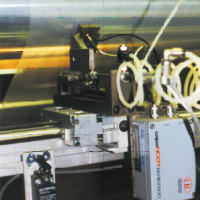
Non-contact film thickness measurement
In film production inline thickness measurement guarantees constant product quality. Micro-Epsilon's KS5 combination sensor measures the thickness of films in a non-contact and thus wear free process. |
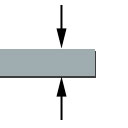
Thickness measurement using displacement sensors
Thickness measurement using displacement sensors is a wide application area. Basically there are distinctions between non-destructive/destructive, non-contact/with contact and one-side/two-sided thickness measurement. The Micro-Epsilon measuring techniques for thickness measurement are all emission-free whereby no emissions regulations of any kind have to be complied with. Thickness measurements must be performed both with contacting as well as with non-contact sensors whereby non-contact measuring techniques show advantages as regards accuracy and measuring speed. There is also a distinction between one-sided and two-sided thickness measurement. Two-sided thickness measurements are carried out with at least one pair of sensors which are installed together on one axis. This pair of sensors measures the target synchronously. The difference between the measurement results (C-A-B) produces the thickness of the measuring object. One-sided thickness measurements must only be performed with non-contact sensors. In doing so, the target is only measured with one sensor and either only a part of the target thickness (e.g. layer thickness) or the complete measuring object thickness is measured. Thickness measurements are mainly used in process control and quality assurance, e.g. for the control of extrusion systems or 100% checking of tube diameters. |
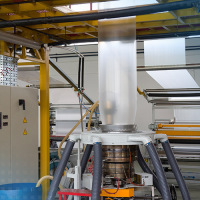
Blown film thickness
The thickness of blown films is an important aspect in terms of constant quality in blown film production. During production, strong thickness tolerances can occur. The blown film system from Micro-Epsilon measures the profile of the film with or without contact directly after the extrusion nozzle. Located on a reversing frame, the system continuously traverses the film tube and provides the data to the host system for controlling the extrusion nozzle. |
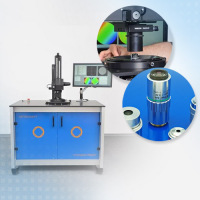
Testing the quality of objectives for microscopy and smartphones
Testing the imaging quality of lenses is based on wavefront measurements on the optical axis and in the field. Furthermore, automated measurement procedures provide information about focal length, chromatic aberration, polarization effects, PSF and MTF. |
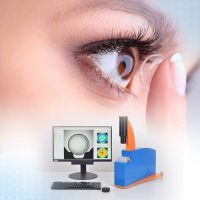
Measuring the refractive data of contact lenses
When measuring the distribution of the refractive power, the imaging quality and the lens diameter of soft and hard contact lenses, measuring systems based on wavefront technology are used. Ergonomic lens handling and high measuring speed play a decisive role here. |
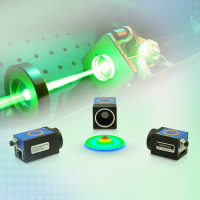
Adjusting laser systems
In addition to beam parameter measurements, Shack-Hartmann wavefront sensors are also used to adjust laser systems or fiber-optic systems. The advantage here is their insensitivity to vibrations, suitability for different wavelength ranges, as well as their high dynamic range. |
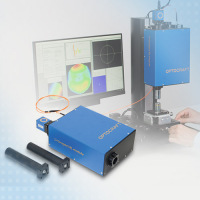
Testing and adjusting binoculars/spotting scopes and objectives
The precise measurement of the transmitted wavefront provides a qualitative assessment of the imaging quality of an optical system while enabling inline adjustment of the system. The SHSInspect RL measuring module can be flexibly integrated into a test bench. |
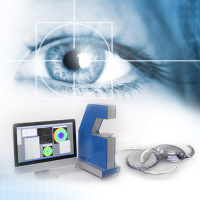
Measuring the refractive data of intra-ocular lenses
When measuring the distribution of the refractive power, the imaging quality and the lens diameter of intra-ocular lenses, measuring systems based on wavefront technology are used. Ergonomic lens handling and high measuring speed play a decisive role here. |
